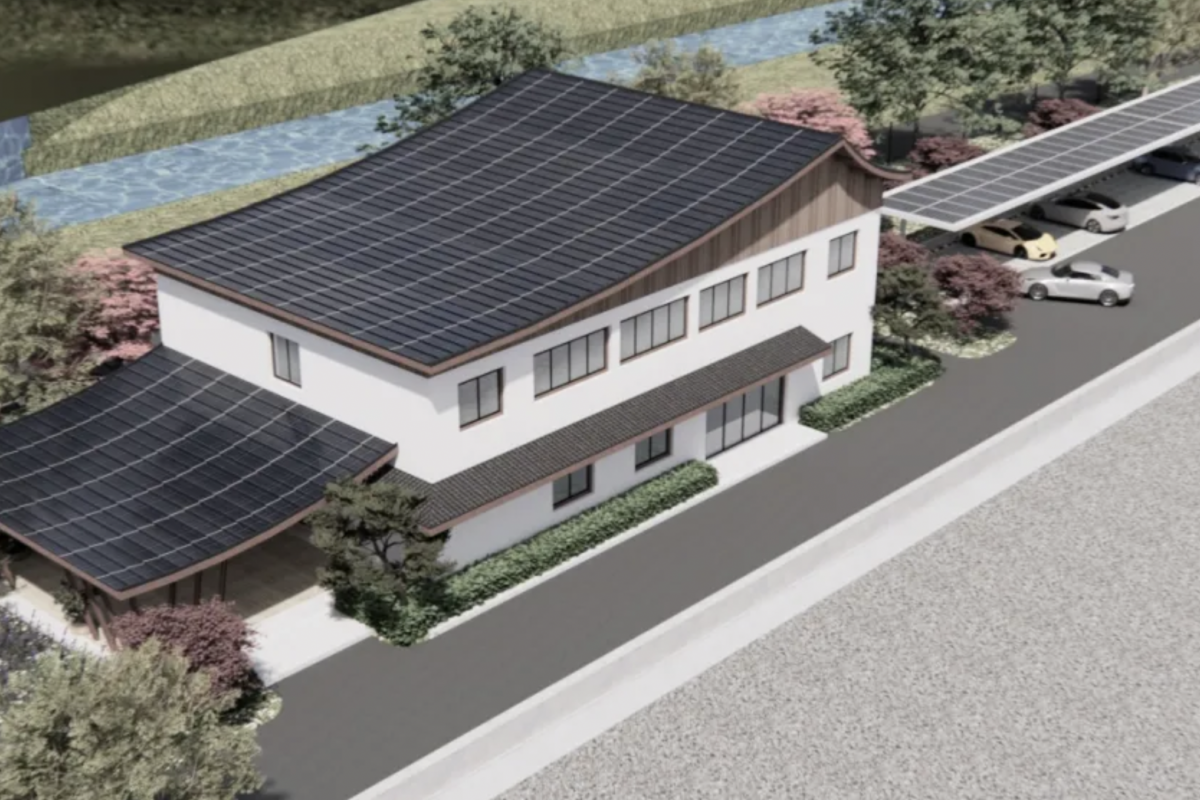Although local defects in chloride-iodide-based perovskite are difficult to avoid due to ion migration, a group of scientists have now found a way to passivate them. They used different combinations of 4-chlorobenzylammonium chloride and 4-chlorobenzylammonium bromide on top of the hole transport layer and achieved an efficiency improvement of up to 15%.
Researchers from Australia’s University of New South Wales (UNSW) Sydney have introduced a new defect passivation strategy for chloride-iodide-based perovskite. Corresponding author Ashraful Hossain Howlader told it pv magazine that the new approach improves the cell’s efficiency by approximately 15%, compared to a control sample, while also making it more environmentally stable.
“Despite promising optoelectronic properties, the fact is that ion migration is unavoidable in chloride-iodide-based perovskite solar cells, due to a beam mismatch between chlorine and iodine,” Howlader and his team explain in the article. “Local defects such as atomic vacancies or accumulation of atoms can occur due to ion migration in the thin film of chloride-iodide-based perovskite.”
The active perovskite layer in question is made of 60% formamidiunium (FA) and 40% methylammonium (MA), using 10% chlorine (Cl) and 90% iodine (I) as halide concentrations, for a final formula of FA0.6MA0. 4PbI2.7Cl0.3.
Below the active layer is an electron transport layer (ETL) of tin oxide (SnoO2), deposited on indium tin oxide (ITO), which acts as a front electrode. On top of the absorber, a hole transport layer (HTL) is deposited based on a perovskite material known as 2,2′,7,7′-Tetrakis-(N,N-di-4-methoxyphenylamino)-9,9′-spirobifluorene. Spiro-OMeTAD was used for the hole transport layer (HTL) and silver (Ag) was deposited as a back electrode.
“Ours previous publicationwe found a unique phenomenon of self-formation of tin(II) chloride (SnCl2) between the interface of chloride-iodide perovskite and tin(II) chloride (SnO2) ETL,” the academics explained. “During the self-formation process, Sn2+ ions from ETL and Cl- ions from perovskite migrate to the buried interface. At the same time, we found that I ions migrate to the opposite interface. From this phenomenon, it is clear that most of the chloride iodide perovskite thin film lacks Cl and I ions. Therefore, we need to passivate most of the chloride-iodide perovskite thin film with halogens. At the same time, we also need to passivate the perovskite/HTL interface.”
Image: UNSW Sydney, Solar Energy, CC BY 4.0
To solve this defect-creating problem, the group placed two passivators known as 4-chlorobenzylammonium chloride (Cl) and 4-chlorobenzylammonium bromide (Br) on top of the HTL. They tested three combinations of the two: 50% Cl and 50% Br; 75% Cl & 25% Br; and 100% Cl & 0% Br – in the above cell structure and compared to a control without any passivator.
The 75% Cl and 25% Br were found to be the best performers, with an energy conversion efficiency (PCE) of 21% for the champion cell, compared to 18.31% for the control cell. The cell with 75% Cl and 25% Br showed an open-circuit voltage (Voc) of 1.12 V, a short-circuit current density (Jsc) of 25.69 mA/cm2 and a fill factor (FF) of 72.78%. The monitored cell performed at 1.06 V, 24.37 mA/cm2 and 70.91% respectively.
The PCE of the 50% Cl & 50% Br champion cell was 19.81%, while it was 19.23% in the case of 100% Cl & 0% Br. The former had a Voc of 1.12 V, a Jsc of 24.61 mA/cm2 and an FF of 71.80%, while the latter had 1.07 V, 24.67 mA/cm2 and 72.65% respectively .
“When comparing stability between two of our cells (control and champion), the samples are tested without encapsulation. We find that after approximately 672 hours, the PCE of the control cell can maintain approximately 78% and the champion cell approximately 88% of their initial efficiency,” the scientific group added. “This is due to extensive organic cations at the perovskite/HTL interface, which protect against moisture.”
The results are presented in “Defects passivation in chloride iodide perovskite solar cell with chlorobenzylammonium halides”, published in Solar energy.
This content is copyrighted and may not be reused. If you would like to collaborate with us and reuse some of our content, please contact: editors@pv-magazine.com.
Popular content


